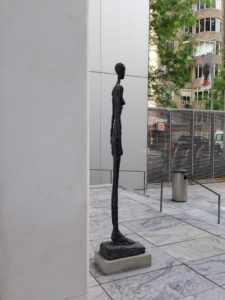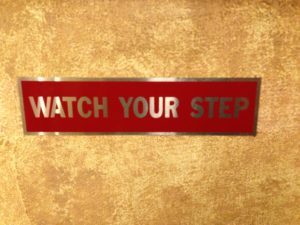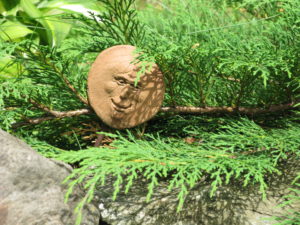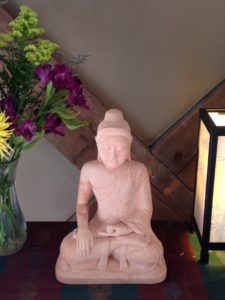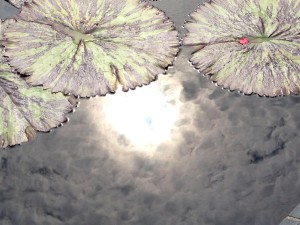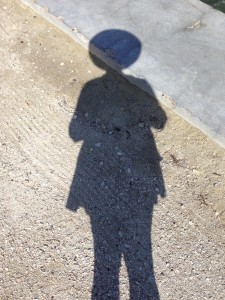 Consider the space you inhabit – the area that lies just outside the periphery of your body. My thoughts recently have come up against this sense of space encircling our individual bodies, exploring how this circle expands or contracts as we navigate through life. When we are born and through the early years, our experience of what lies beyond our bodies is quite limited. And our developing knowledge of the world around us is felt as pleasant, unpleasant or neutral. As we move through our life experiences, we add stories to what we encounter in our circle of contact. How we judge or interpret the world around us determines many of the choices we make and the directions we take.
Consider the space you inhabit – the area that lies just outside the periphery of your body. My thoughts recently have come up against this sense of space encircling our individual bodies, exploring how this circle expands or contracts as we navigate through life. When we are born and through the early years, our experience of what lies beyond our bodies is quite limited. And our developing knowledge of the world around us is felt as pleasant, unpleasant or neutral. As we move through our life experiences, we add stories to what we encounter in our circle of contact. How we judge or interpret the world around us determines many of the choices we make and the directions we take.
As long as these judgments serve us well, moving forward with our lives is enriching and rewarding. But what happens when the stories and interpretations become limiting and keep the circle of contact small and rigidly defined. It might seem that keeping the circle limited to the familiar would assure a certain reliability to one’s life. Maybe provide some sense of comfort and safety.
What I have found is that this perimeter does not remain the same no matter how we strive to keep it that way. It is a living breathing circle of contact and porous in a way that allows experiences to touch us even when we turn away. Trying to hold the line against what may not be familiar or comfortable is like sitting in meditation and trying not to have any thoughts/feelings intrude. It simply cannot be done – eventually they carry you away. Holding a hard line can be akin to a combat situation – we must not let the enemy cross this line. The intention there is to keep the threat at bay.
But ask yourself – What is it that is threatened? We can easily go through life toughening the circle around ourselves trying to keep the parts of the world that we don’t like, don’t understand, don’t appreciate or fear, from touching us. Or perhaps we can imagine that crossing this line is what we’re meant to do. We cannot have meaningful relationships without widening the circle of contact around us. Nor can we take in the teachings that might be available to us if we don’t create openings. I like to think that we are here to keep our circle growing until it opens to all humanity, setting aside the judgments and seeing what there is to appreciate about what lies beyond. Somehow I feel that where we could end up is becoming a citizen of the world. Wouldn’t that be a benefit to us all?


